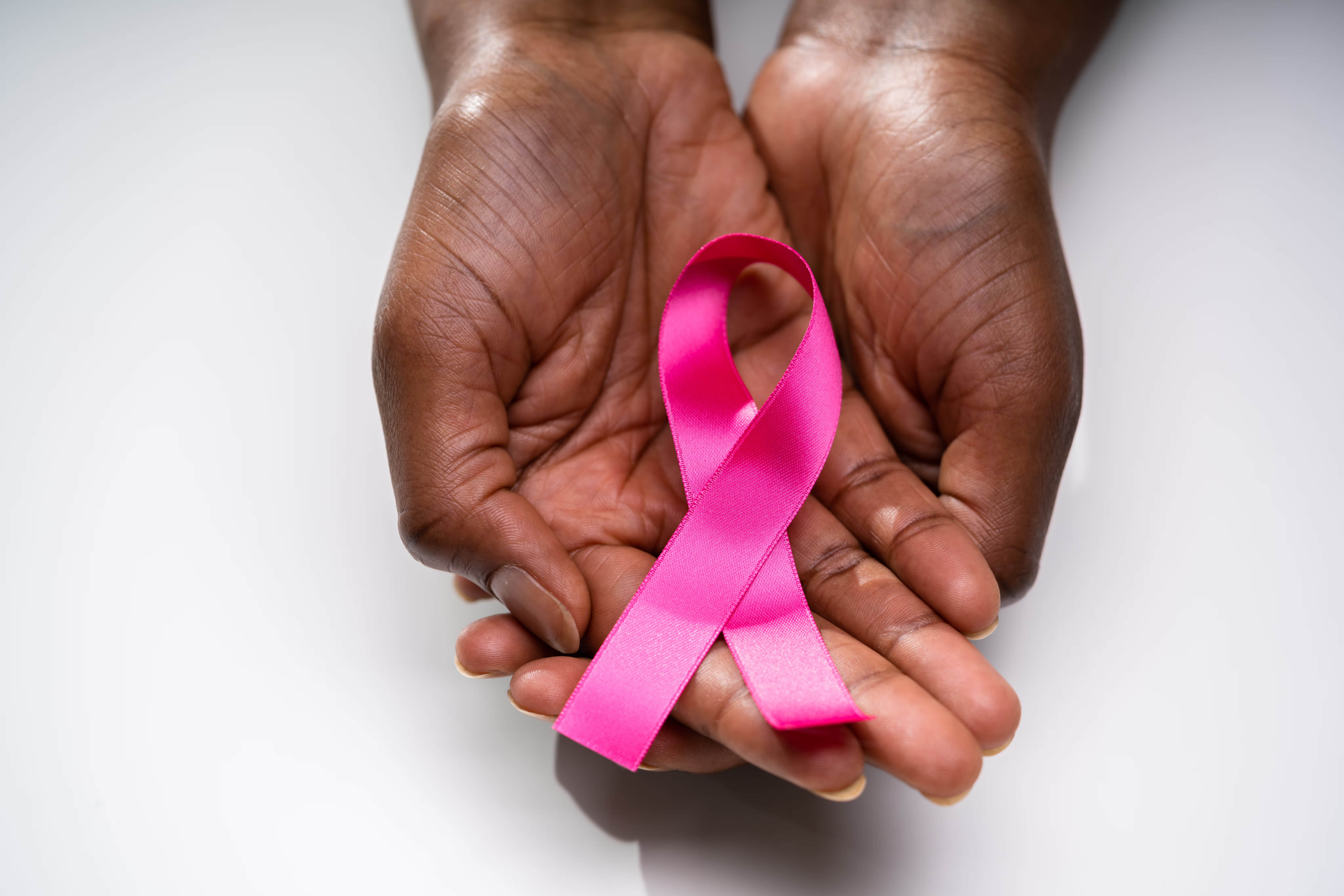Article
Combinations May Be the Future of Liver Cancer Treatment
Author(s):
With a wealth of drugs available for the treatment of liver cancer, one expert explained how combination therapy may be where the future is headed.
In the past 15 years, the treatment landscape for hepatocellular carcinoma (HCC) has shifted dramatically from nearly zero systemic therapy options to a wealth of medications that can be used alone to treat patients. The next phase of innovation, according to Dr. Josep M. Llovet, is likely to involve combinations of these drugs to better outcomes for patients.
Llovet, a professor of medicine and the director of the Liver Cancer Program at Mount Sinai Hospital in New York City, spoke with CURE® during the 2019 American Society of Clinical Oncology (ASCO) Annual Meeting in Chicago, where he discussed the combinations currently being explored in clinical trials.
CURE®: Can you provide an overview of the two studies you presented at ASCO?
Llovet: Nowadays, for the management of the advanced stages of HCC, we have five drugs. Sorafenib (Nexavar) and lenvatinib (Lenvima) in the front line, and in the second line we have regorafenib (Stivarga), cabozantinib (Cabometyx) and ramucirumab (Cyramza).
Ramucirumab is in this list as a result of two randomized control trials. The first trial, called REACH, was negative, comparing ramucirumab versus placebo in all patients. Then in the subgroup analysis of patients with high alpha fetoprotein (AFP), which means patients with aggressive tumors, ramucirumab showed a signal of efficacy. As a result of that, they designed a second trial, REACH-2, which was positive, suggesting that ramucirumab has significantly better survival compared to placebo.
Then there was a meta-analysis of the two studies. The overall results of which are as follows: first, the median survival for ramucirumab-treated patients was eight months, and for placebo it was five months; a three-month difference. (Because) of that, ramucirumab is now the standard of care — or one of the standards of care — of second-line therapies in advanced HCC, in patients with an aggressive tumor and an AFP of more than 400.
Are there going to be more studies that explore Cyramza in other patient populations, or in combination with other medications?
In other patient populations in HCC, I think what is planned is to explore a combination with checkpoint inhibitors, or eventually a combination (using three different drugs). Because now we have the front line populated with several trials in combinations. We have pembrolizumab (Keytruda) plus lenvatinib (Lenvima), cabozantinib plus pembrolizumab, (and) we have atezolizumab (Tecentriq) plus bevacizumab (Avastin) also in the front line — we have a lot of trials. So, we’ll probably move ahead with a different strategy. Not only combinations with IO’s (immunotherapies) but eventually with another tyrosine kinase inhibitor or another different approach.
How does this speak to the future of HCC?
I think that we cover several different stages: the first stage was when we had no systemic therapy, which was terrible. Then, in 2007, I remember presenting at ASCO that sorafenib was the first drug. That has been there for 10 years. Now, in two years, we have seen these five drugs, and we are finishing a period of single agents. We are moving to the next period, which (involves) combinations. Forget about single agents. It will be very weird to have single agents, at least for the conventional front-line therapies. The bar has been set higher. You have to hit very good outcomes to beat the drugs that are currently approved. So I think that we are moving, in the next five years, to where we will see combinations of agents in the front- and second line.





